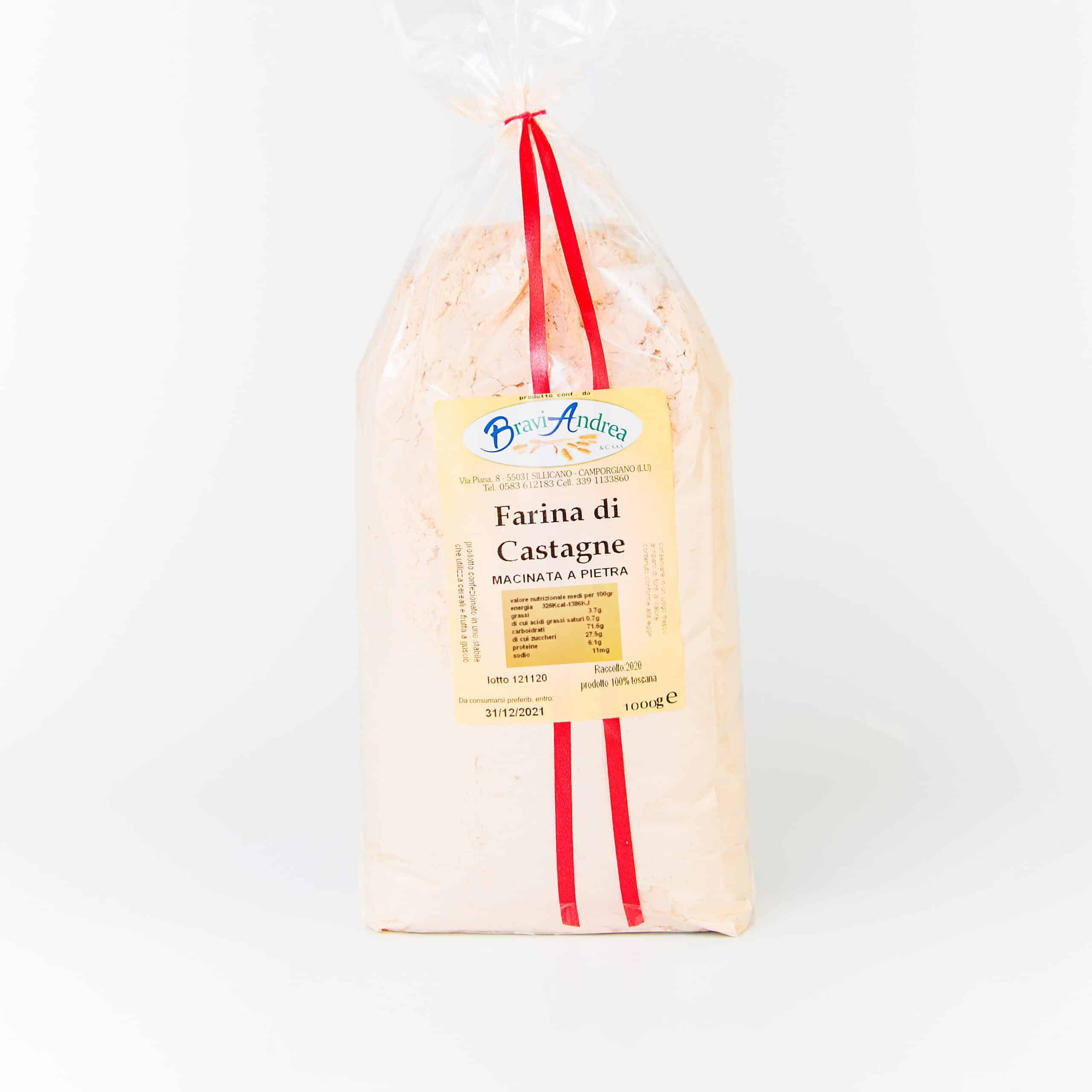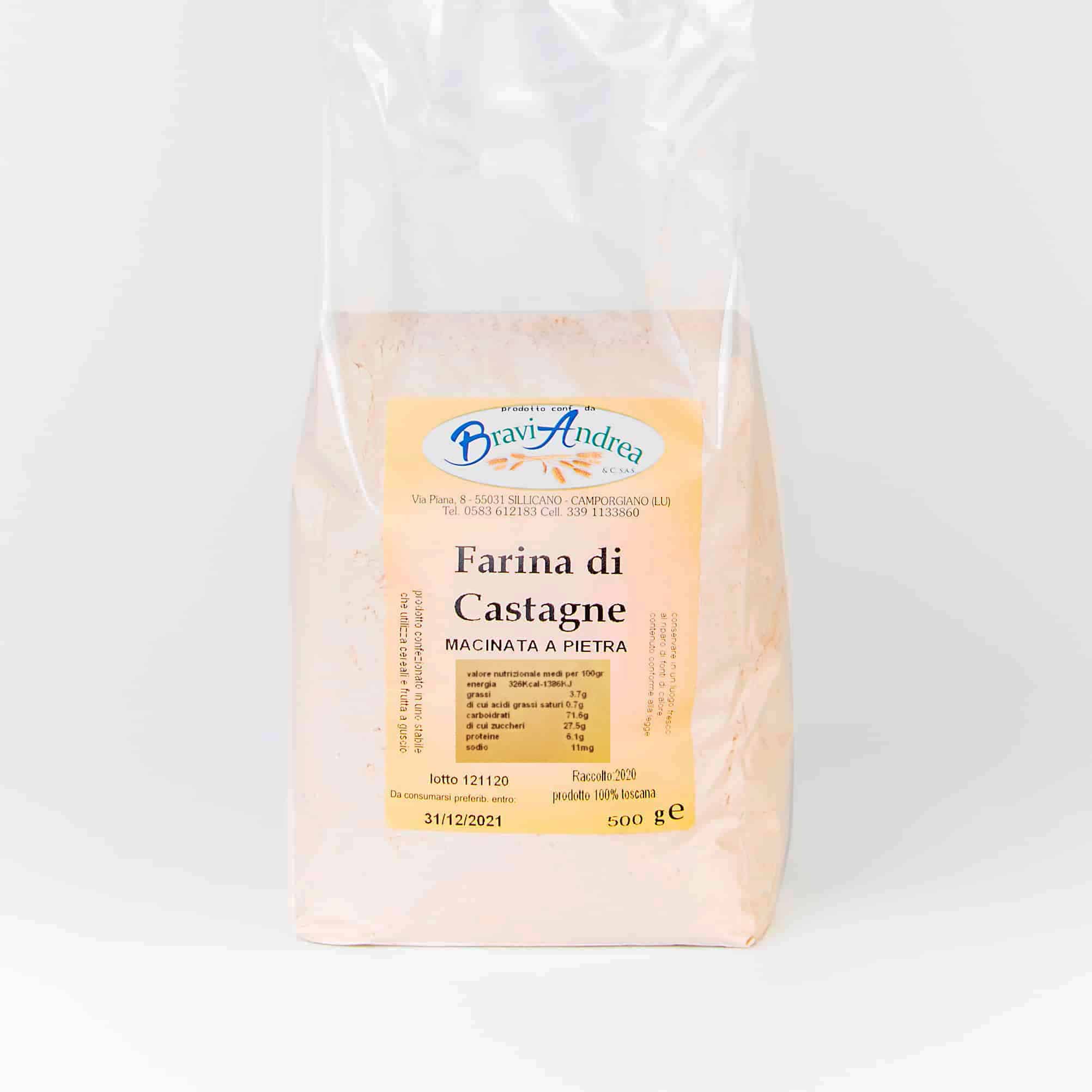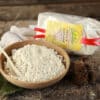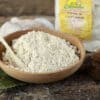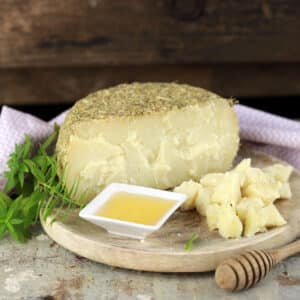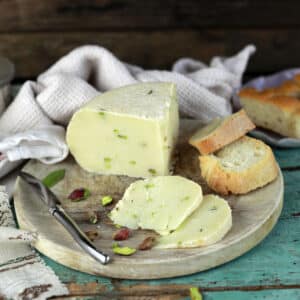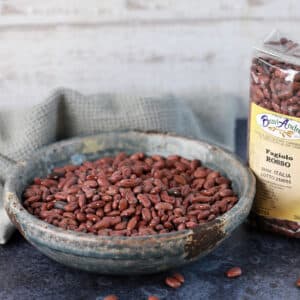Chestnut flour has been the main food of the mountain populations for centuries. In the woods of the Lucca mountains, the chestnut has always been present and was so important that it was called the “bread tree”
Chestnuts are the product par excellence of the autumn forest. A fruit rich in carbohydrates with over 80% per 100 grams, which give the necessary energy, with 7% protein and 9% fat. Chestnuts are also an excellent source of potassium with 395 mg, 81 mg of phosphorus and then iron, calcium, folic acid and fiber useful for the body. Chestnut flour is perfect for those suffering from celiac disease because it is naturally gluten-free.
The Garfagnana Chestnut Flour was once produced from fruits that dried in the so-called “metati” small stone buildings in the middle of the woods where the chestnuts were left to dry for several weeks. Only once perfectly dry the fruits were brought to the mill to obtain the flour. Garfagnana chestnut flour has a color that reaches up to hazelnut, has a sweet taste with a slight bitter aftertaste, is fine and delicate.
A flour is a flour that lends itself to both sweet and savory preparations. Try the chestnut flour pasta with an intense dressing such as black cabbage. You can then create all kinds of sweets and biscuits even if the most typical are undoubtedly the necci, small crepes made with chestnut flour filled with fresh ricotta. In Tuscany, chestnut flour is used above all to make castagnaccio, another typical dessert of great simplicity and taste where the sweetness of the flour is made even more intriguing by a pinch of salt in the dough, sultana raisins, fresh rosemary, walnuts or pine nuts and a drizzle of Tuscan oil. We have left you our recipe or rather, grandmother Liliana’s recipe.

Il Castagnaccio, la ricetta di Nonna Liliana
Chestnut flour.
Keep in a cold and dry place.
Produced and packaged by Bravi Andrea Sillicano Camporgiano (LU).


